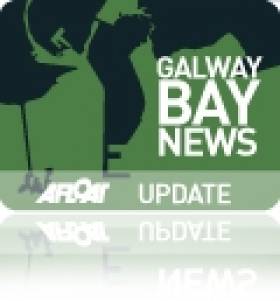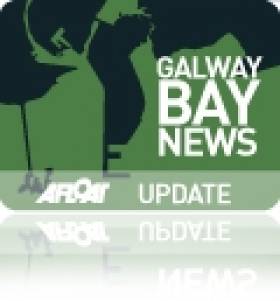Displaying items by tag: Eamon Bradshaw
#GALWAY HARBOUR - Galway Harbour management are looking forward to the prospect of Chinese investment in the port's redevelopment plans, the Galway Independent reports.
“Chinese investors clearly recognise not only the massive potential of ocean tourism, but also the specific potential for Galway as a destination port for cruise liners," said Fine Gael TD Brian Walsh, referring to discussions between the Government and Chinese officials in Beijing last week.
As previously reported on Afloat.ie, Galway Bay can expect to welcome at least nine cruise visits thus year, with the first scheduled to arrive late next month.
Walsh added: "Galway is an incredibly attractive city, and if we can make it accessible to the major players in the cruise-line market, the impact on the local economy would be immense.”
Galway Harbour Company CEO Eamon Bradshaw said that the port project had "illicited quite a bit of interest" when the company presented at the recent Chinese-Ireland Relations conference at NUI Galway.
"We’re confident that we do have a lot to offer and we are confident that an investor will come on board."
The Galway Independent has more on the story HERE.
Public Views Galway Harbour Plans This Weekend
Plans for the development of Galway Harbour are open for public consultation this weekend, The Irish Times reports.
The Galway Harbour Company's €200 million scheme involves moving the port south onto 24 hectares of reclaimed land in deeper water to accommodate cruise liners.
A new rail link is also proposed, as well as an expanded marina with more than 200 berths.
The company's chief excecutive Eamon Bradshaw said the first stage of the plan would be self-financed, but did not rule out the possibility of EU funding, public-private partnerships and private investment.
Pending planning approval, development is hoped to begin at the end of 2012 - some months after Galway welcomes the return of the Volvo Ocean Race.
Thr Irish Times has more on the story HERE.

























































